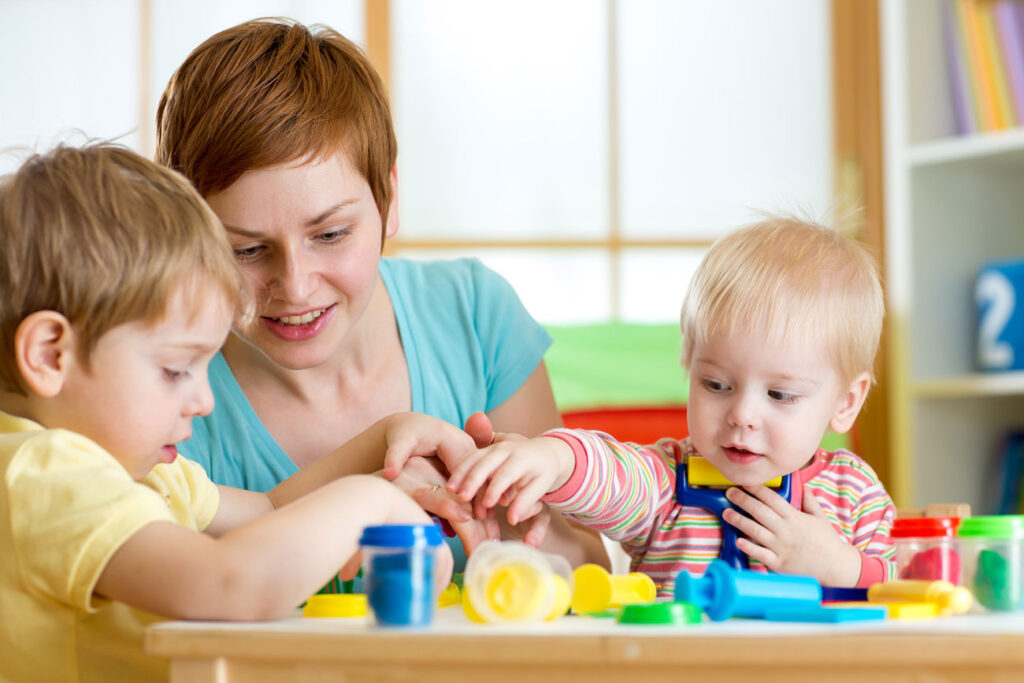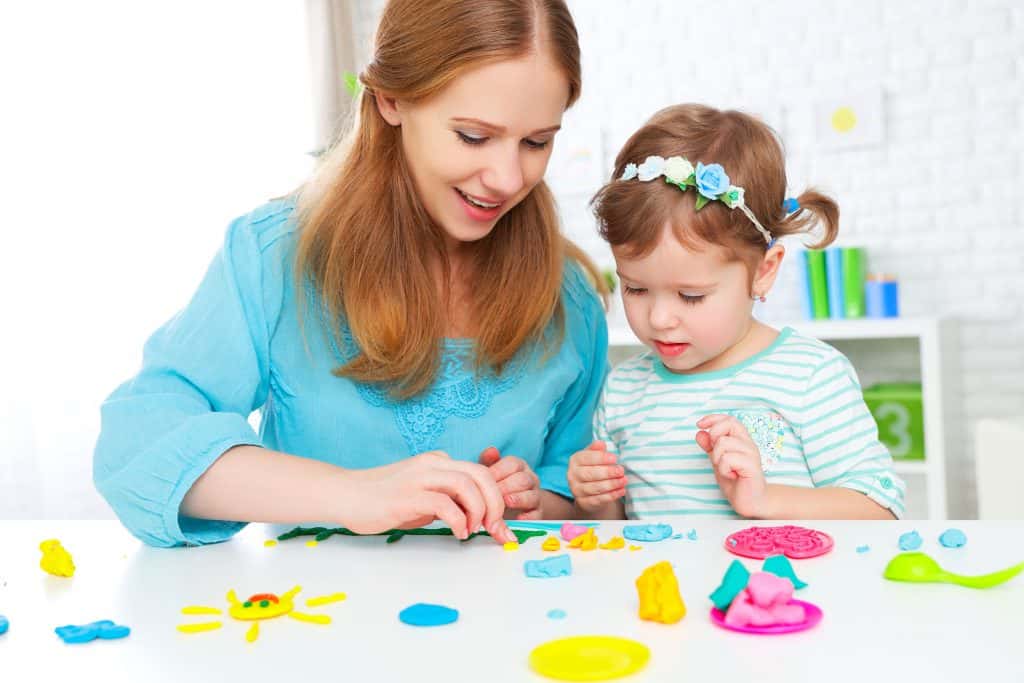Affection is one of the main points to ensure the healthy growth of your children. However, know that only affection is not enough —it is necessary to know other ways to stimulate child development.
Children need to be encouraged in all aspects (psychological, cognitive, social, emotional and physical) to improve their skills and gain independence.
0 to 2 months
• For the baby to develop well, it is necessary, first of all, that he is loved and desired by his family and that he tries to understand his feelings and satisfy his needs. The connection between mother and baby is very important in this early life; therefore, it must be strengthened.
• Talk to the baby, seeking eye contact (eyes in the eyes). Don’t be ashamed to talk to him in a loving, seemingly childish way. That’s how the first conversations begin. Remember that the baby recognizes and calms down with the mother’s voice. At this stage, the baby is frightened when he hears unexpected and loud sounds or noises.
• Pay attention to the baby’s crying. He cries differently depending on what he is feeling: hunger, cold/heat, pain, need for warmth.
• Stimulate the baby by showing him colorful objects at a distance of about 30 cm.
• To strengthen the muscles of the baby’s neck, lie down it with your belly down and draw your attention with toys or calling for it, encouraging you to lift your head. This will help you sustain her.
2 to 4 months
• Play with the baby by talking and looking at him.
• Offer objects for him to pick up, touch with his hands.
• Place the baby face down, resting on your arms, and play with him, chatting or showing him toys in front of him.
• Note that the baby plays with his voice and tries to “talk”, saying “aaa, qqq, rrr”.
4 to 6 months
• When offering something to the baby (food, toy, etc.), wait a while to see its reaction. With this, he will learn to express acceptance, pleasure and discomfort.
• Get the baby used to sleep more at night.
• Offer toys at short distances, giving them a chance to reach them.
• Provide sound stimuli to the baby, outside of his visual range, so that he tries to locate where the sound comes from by turning his head.
Encourage it to roll, changing position (from belly to belly upwards). Use objects and other features (toys, palms, etc.).
6 to 9 months
• Pay attention to the child by demonstrating that he/she is attentive to his/her requests. At this age, she seeks to get people’s attention, seeking to please them and get their approval.
• Give the child easy-to-hold toys, so that it can move from one hand to the other.
• Talk a lot with the child, sing, use words that they can repeat (dada, daddy, etc.). It can also locate where the sound comes from.
• Place the child on the floor (mat, mattress) by encouraging them to sit, crawl and crawl.
9 months to 1 year
• Play with the child with songs, making gestures (clapping, saying goodbye, etc.), requesting their answer.
• Place at the child’s reach, always in the presence of an adult, small objects such as tampons or small paper balls, so that they can catch them, using the movement of tweezers (two little fingers). Very careful that it does not place these objects in the mouth, nose or ears.
• Talk to your child and use books with pictures. She can say a few words how (mommy, daddy, give) and understands simple orders like “say goodbye”.
• Leave the child on the floor so that they can get up and walk leaning.

1 year to 1 year and 3 months
• Be firm and clear with your child, showing you what you can and cannot do.
• Stay away from the child for short periods, so that they are not afraid of their absence.
• Encourage the use of words instead of gestures, using rhymes, songs, and commonly spoken sounds.
• Give your child objects of various sizes so that they learn how to fit and remove an object from another.
• Create opportunities for her to get around safely, to learn to walk alone.
1 year and 3 months to 1 year and 6 months
• Continue to be clear and firm with the child, so that they learn to have limits.
• Tell small stories, listen to music with your child, and dance with them.
• Give simple orders, such as “give Mom a kiss”, knock sin.
• Give the child paper and crayons (cutting type, thick) for the child to start his scribbles. This stimulates your creativity.
• Create opportunities for the child to walk not only forward but also backwards (pulling stroller etc.).
1 year and 6 months to 2 years
• Encourage the child to put on and take off their clothes, initially with help.
• Offer docking toys that can be stacked and show you how to do it.
• Show pictures in books and magazines by saying their names.
• Play ball kicking (scoring goal).
• Note that the child begins to gather words and speak simple phrases such as “cat where?” or “milk not”.
• Understand that at this age the child demonstrates his own will, tests limits and speaks the word not a lot.

2 years to 2 years and 6 months
• Continue encouraging the child to become independent in daily self-care activities, such as feeding (initiative to feed), at the time of bathing and dressing.
• Start stimulating the child to control the elimination of feces and urine, in a joking atmosphere, without exerting pressure or reprimanding. Gradually stimulate the use of the toilet.
• Encourage the child to play with other children.
2 years and 6 months to 3 years
• Talk a lot with the child, ask her to comment on their games and friends’ names, stimulating language and intelligence.
• Give her the opportunity to have contact with children’s books, magazines, paper, pencils, crayons. Read, tell stories, play draw, cut out figures, collage.
• Show her animal figures, garments, household items and encourage the child to talk about them: what they do, what they are for (e.g., who mia?).
• Play games using the ball and have the child throw the ball in his direction.
thus initiating a joke involving two or more people.
References:
Text adapted from the site: http://www.blog.saude.gov.br/index.php?option=com_content&view=article&id=53047&catid=579&Itemid=50218

